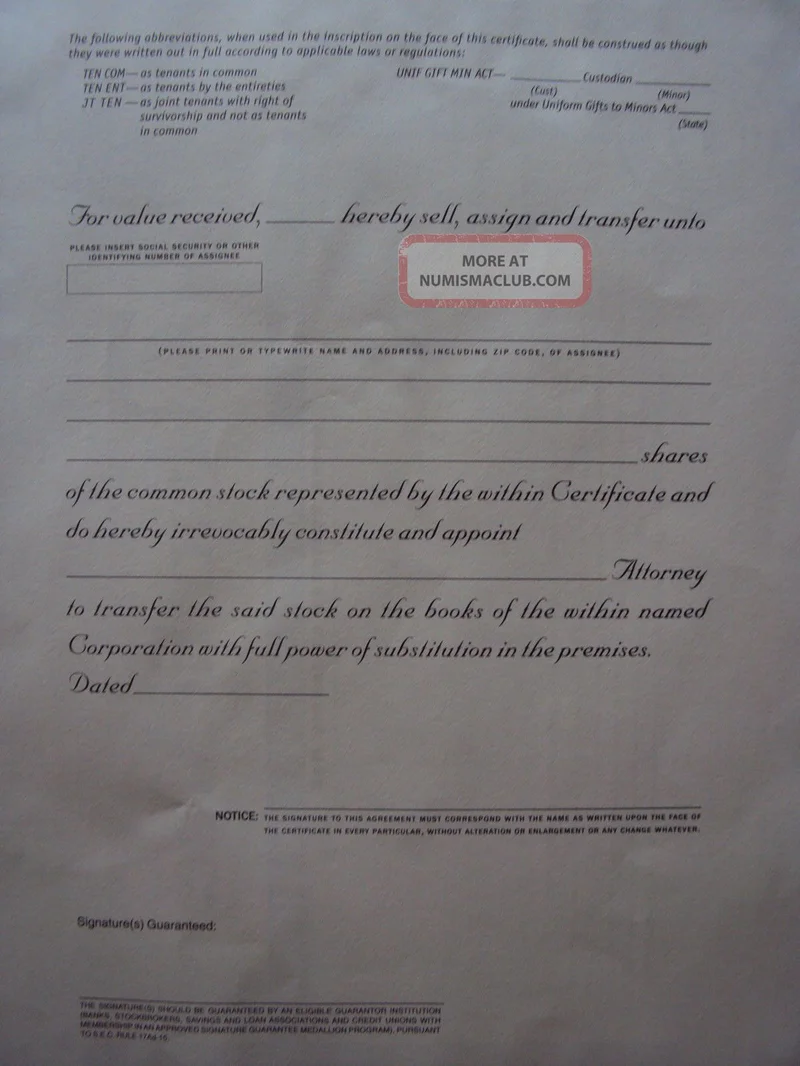Article Directory
The Fannie Mae Shakeup Isn't Chaos. It's a Calculated IPO Play.
The October 22nd announcement that Fannie Mae CEO Priscilla Almodovar was out felt abrupt, but it wasn't an outlier. It was the latest, and perhaps most significant, data point in a rapidly accelerating trend. The official press release offered polite thanks and no clear reason for her departure, a standard feature of corporate communications designed to obscure rather than illuminate. But when you map the events of the past year, the signal cuts through the noise. This isn't a simple leadership shuffle. This is a systematic, aggressive C-suite overhaul designed for one purpose: to prepare the Government-Sponsored Enterprises (GSEs) for a public offering.
The replacement of a single CEO with a triumvirate is the first major tell. A stable, long-term enterprise doesn't replace one leader with three. A task force does. Peter Akwaboah, the COO, is now Acting CEO—the operations guy tasked with keeping the trains running. John Roscoe, an EVP of operations and, critically, public relations, is now co-president. You don't elevate a PR executive to the presidency unless you're about to sell a very big, very complex story to Wall Street. And then there's Brandon Hamara, a homebuilding executive from Tri Pointe Homes, also named co-president. This isn't a subtle move. FHFA Director Bill Pulte said it himself: "it will take somebody with deep understanding of homebuilding in order to get homebuilding going again."
This isn't the language of a regulator. It's the language of a private equity partner looking to juice a portfolio company's growth narrative before a sale. The focus has clearly shifted from managing risk—the GSEs' primary function since 2008—to stimulating growth. And this is the part of the data I find genuinely puzzling from a public policy perspective, but perfectly logical from a pre-IPO one. Why install a homebuilder in a top spot at a mortgage finance giant? Because a story about building more homes is infinitely more compelling to potential investors than a story about meticulously managing a $7 trillion mortgage portfolio.

A Pattern of Controlled Demolition
To understand the Almodovar ousting, you have to look back to March. That’s when the architect of this strategy, Bill Pulte, appointed himself board chair of both Fannie Mae and Freddie Mac. In that single move, he ousted 14 board members and installed seven new ones. Days later, Freddie Mac's CEO was also fired. The timeline is compressed and decisive. Over about seven months—to be more exact, 220 days—Pulte has effectively decapitated and replaced the leadership of both GSEs.
This sequence of events is not random. It’s a classic pre-transaction playbook: consolidate control, eliminate entrenched leadership resistant to change, and install a new team aligned with a singular objective. Pulte’s own social media posts on X confirm the thesis. He’s openly discussing an IPO by the end of 2025, stating his focus is on "running them like a business and taking out costs." This strategy is like a pit crew executing a controlled demolition of a building to make way for a new skyscraper. The process is loud, messy, and intentionally disruptive, all designed to clear the ground for what comes next.
The installation of a new leadership "bench" is the final piece of construction. The question is, a bench for what game? A trio of leaders with distinct operational, communications, and growth mandates is not a structure built for long-term, stable governance. It’s a special-ops team assembled for a specific mission. What happens to the GSEs' public mandate for housing affordability and market stability when the C-suite is structured not for stewardship, but for a high-stakes exit? And how do you accurately price an entity of this scale and complexity when its leadership and strategic direction have been completely upended in less than a year? The market may soon have to answer that.
A High-Stakes Financial Engineering Project
This entire affair is less about housing policy and more about financial engineering on a scale we haven't seen since the last financial crisis. The objective appears to be a rapid, forceful transformation of two quasi-governmental behemoths (with a combined $7 trillion balance sheet) into lean, marketable public companies. The leadership changes, the board purges, and the strategic rhetoric all point in one direction. The "chaos" is a feature, not a bug; it's the fastest way to dismantle the old culture and prepare these giants for the public markets. The risk this introduces into the housing finance system is substantial, but the potential financial upside for those orchestrating the IPO is, by any measure, astronomical. The market should be watching not with confusion, but with a clear understanding of the script being followed.
